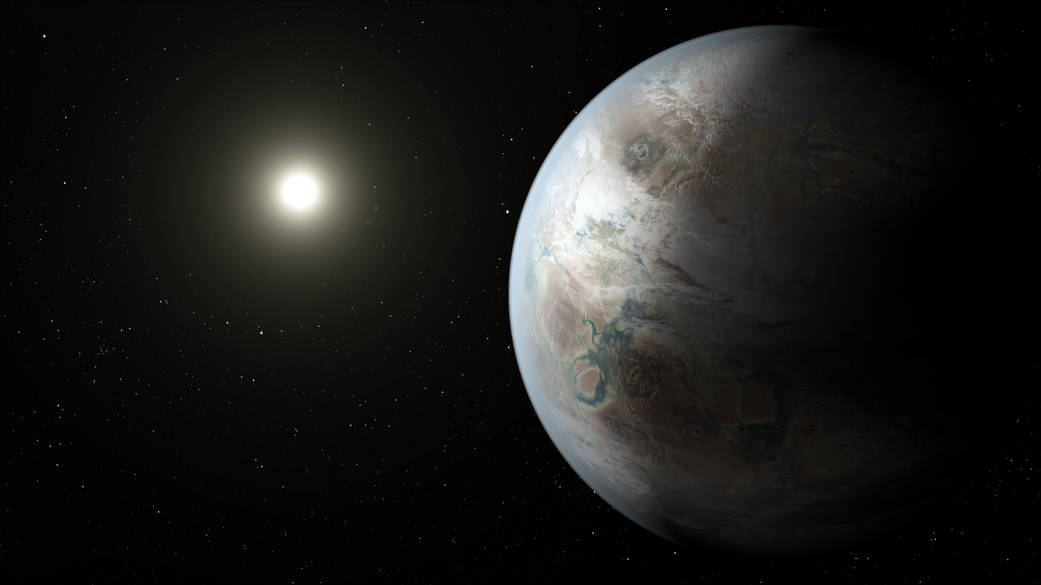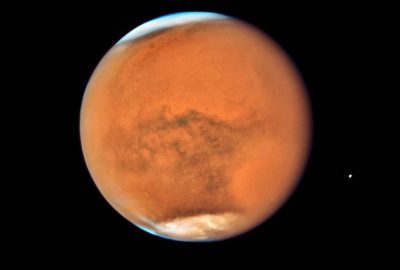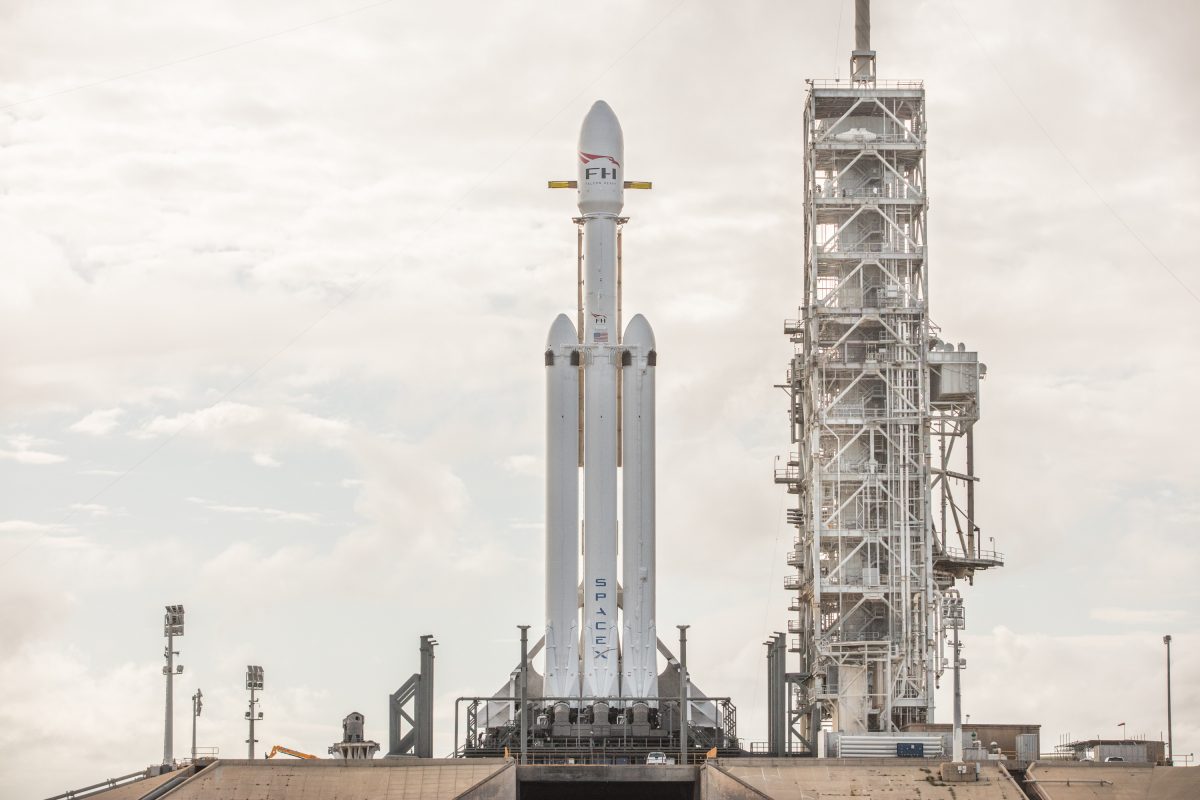Everything in science is an educated guess.
Every “truth” is just the best, as of yet not unproven theory which is held as “true” until better theories come along.
So knowing that we don’t actually “know” what those distant planets are made of.
VERY smart people have used humanity’s best tools to prove that these planets are likely not anything but what they claim them to be.
Such as 55 Cancri e or “The Diamond Planet”
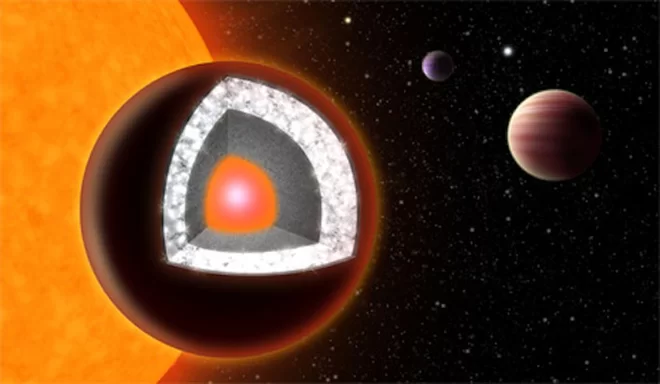
Image Credit: Haven Giguere
The Better Question Is
How do these smart people make these guesses about these distant things they’ve never been to before?
Earth is known to have a certain density and a certain internal composition of minerals. Scientists compare the density of Earth to that of other planets and make assumptions about their mineral compositions accordingly.
They determine the density of another planet through the use of Newtonian Mechanics. As the planet orbits its home star they exert a pull on each other which can be measured. Using the Doppler effect we can from there calculate the mass of this distant planet.
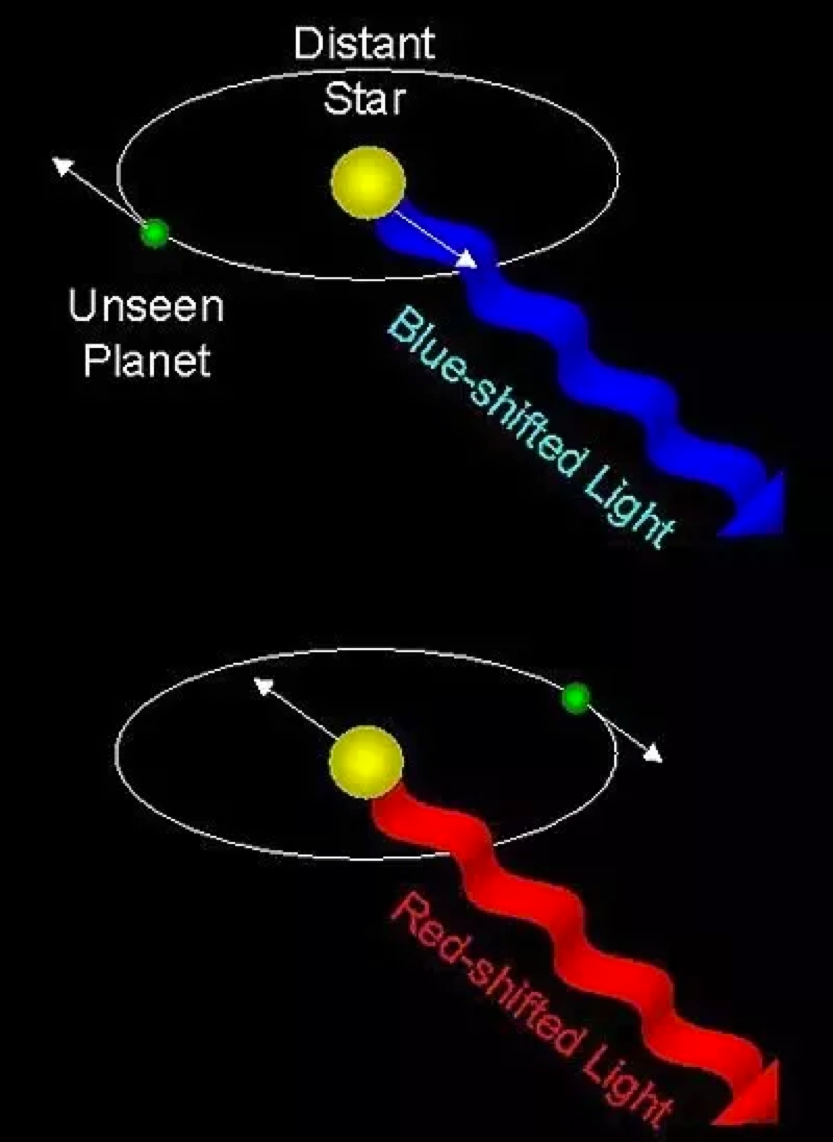
Image Credit: NASA
Knowing the volume of distant planets is another battle. By watching eclipses we can find with somewhat less accuracy than mass how much of the surface of this planet has been occluded. That can be measured and from there a diameter of the distant planet established.
The planet’s volume and its mass are used to calculate density. Knowing a planet’s density gives us a solid idea about the kind of planet it is – rocky inner core, outer gas giant and so on.
Understanding Exoplanets Atmosphere
Knowing the light absorption rates of all earthly elements we can measure the spectrums of distant planets and from there assume pretty accurately what kind of atmosphere they’ll have.

Image Credit: visionlearning.com
This gives us a pretty comprehensive idea of what these distant planets are like.
The Diamond Planet
The diamond planet just follows a few of these principles.
By measuring the sun’s wobble from it astronomers know its mass is roughly 8x that of Earths and through eclipses they know it’s about twice as big.
Further by tracking its position relative to its sun they know it races around its star very quickly because it’s so close. One “year” lasts only 18 hours.
Through indirect observations researchers in the original 2012 study determined its interior contained more carbon than oxygen. Which in the intense heat of its proximity to its sun would become superheated. The planets weighty mass and proximity to the sun would create a strong pressure on this carbon, and as we all know – heat and pressure makes diamonds.
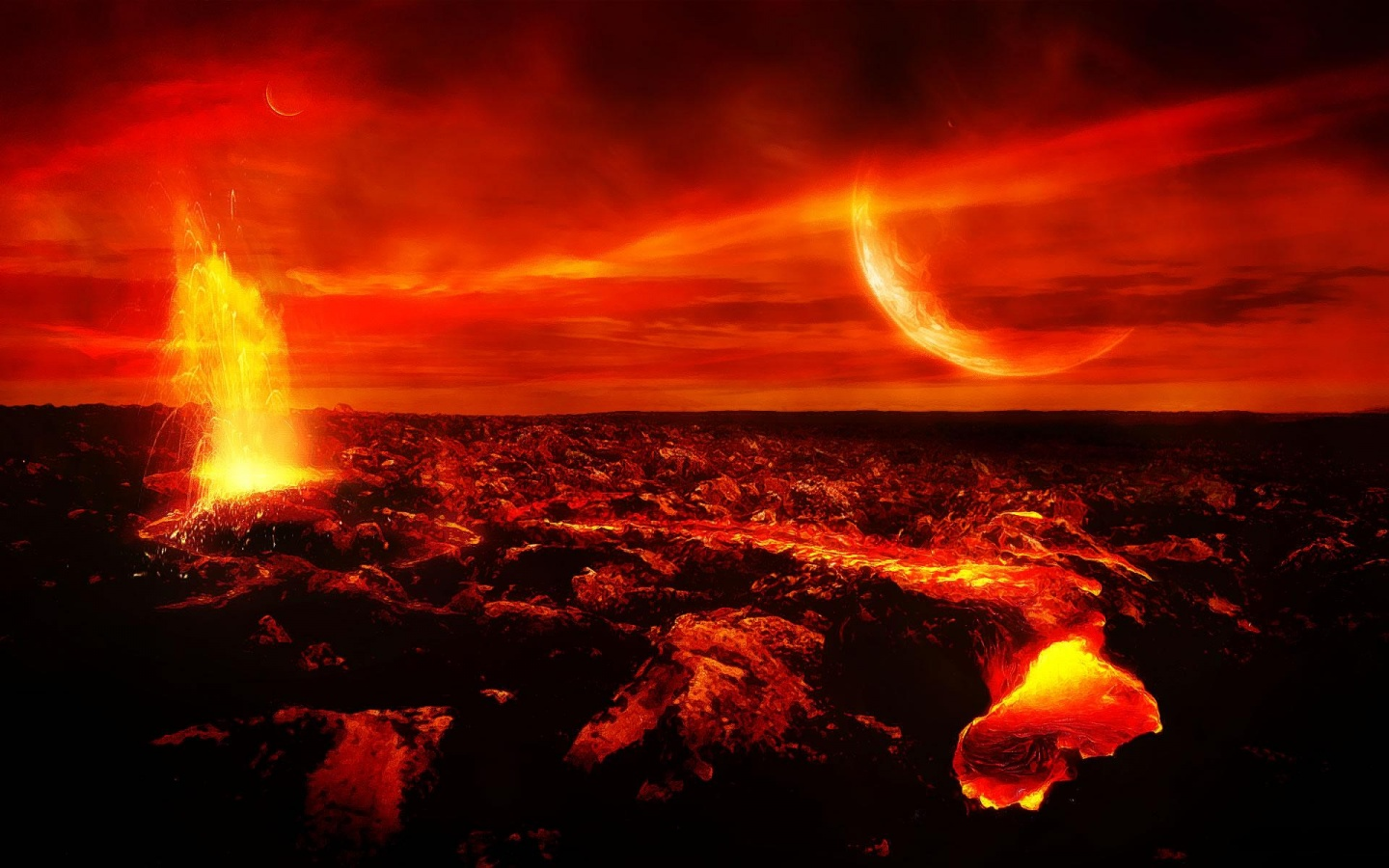
Image Credit: National Geographic
Science Never Stops
Further study later showed Cancri e wasn’t as carbon rich as had been originally thought. So it’s really more of a supermassive lava ball. Likely more similar to Mercury than the brilliant, supermassive diamond floating through space we can so easily imagine.
The story of Cancri e reinforces that astronomy is just a guess. It’s why new research tools like the James Webb Telescope are so vital.
More information means more accurate guesses and a better understanding of this marvelous, confusing universe we’re so lucky to inhabit.
 Written by Andrew Walls
Written by Andrew Walls
Andrew Walls is a university student living in Toronto, Canada. Andrew’s always been fascinated by what’s beyond Earth and loves sharing his wonder with others. For more of Andrew’s writing visit his outer space/entrepreneurship blog Landing Attempts. You can also find him on FB & Twitter.

